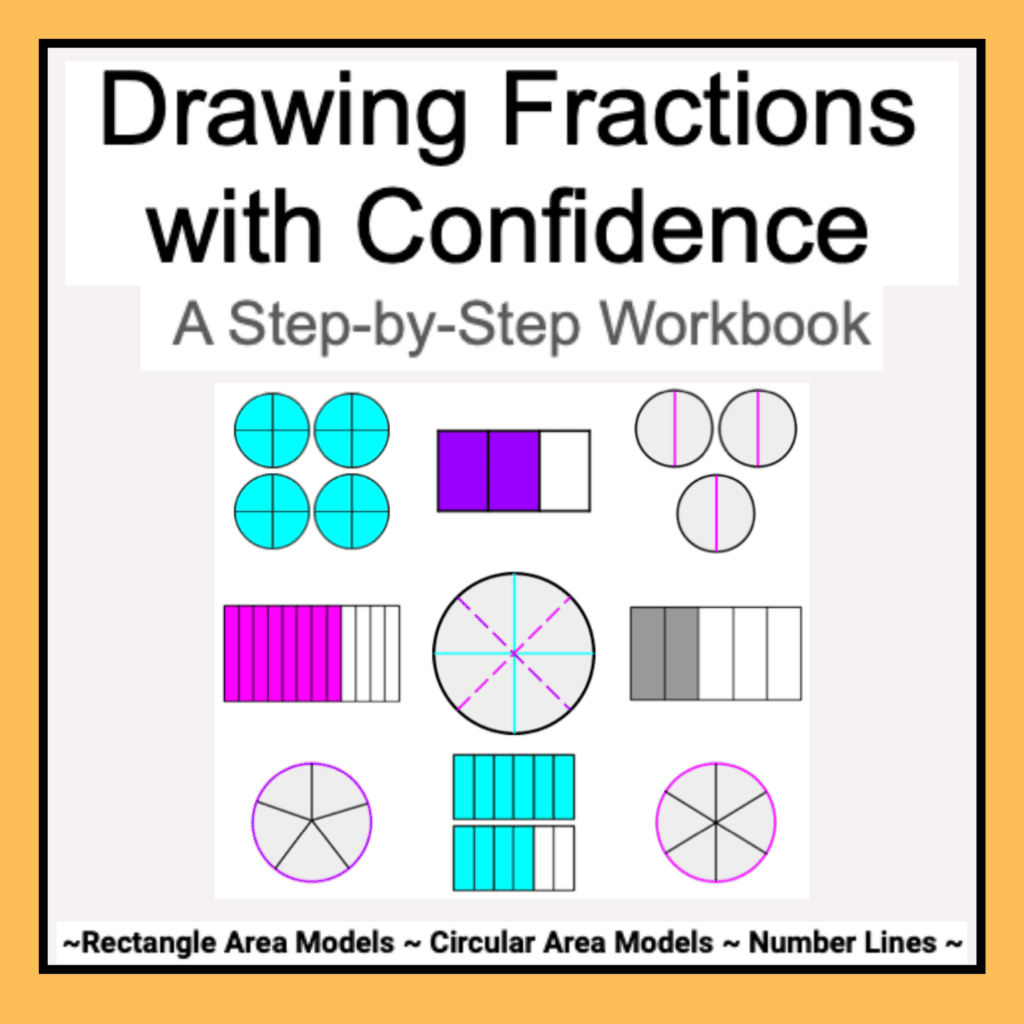Introduction:
Understanding fractions is an essential skill for elementary math students. One effective way to develop this understanding is by representing fractions on a number line. By visualizing fractions in this manner, students can grasp the concept of fractions as points on a continuum. In this blog post, we will explore how to represent fractions on a number line, using examples such as two-thirds, two-eighths, and a fraction greater than one.
Watch the full video here: Represent a Fraction on a Number Line

Representing Two-Thirds on a Number Line:
To begin, let’s consider the fraction two-thirds. We’ll draw an open number line, similar to what we would use for whole numbers. Starting from zero, we represent one as a whole. Now, our goal is to locate two-thirds on this number line within the context of one whole.

To achieve this, we recall that the denominator, three, represents the total number of equal parts or thirds. Hence, we draw three tick marks or small lines to represent these equal parts.

The first space, from zero to the first tick mark, represents the first third. Moving to the next tick mark, we have the second third. Finally, the space from the second tick mark to the end of the line represents the entire whole or three-thirds.

We can represent two-thirds by showing jumps from the first third to the second third. Alternatively, we can shade the region between the first and second thirds or mark it with a dot or circle. This visually depicts the point on the number line that corresponds to two-thirds.

Representing Two-Eighths on a Number Line:
Next, let’s explore another example: two-eighths. Although the numerator remains the same, the denominator changes to eight. We draw a number line with the same size whole, representing one complete unit.

To represent two-eighths, we partition the number line into eight equal parts. Starting with a half, we divide it into fourths. Then, we further partition each fourth into halves, resulting in a total of eight equal parts.

Starting from zero, we mark the first tick as one-eighth. Moving to the next tick, we label it as two-eighths. This allows us to find the location of two-eighths on the number line. We can continue labeling the remaining tick marks or leave it as is to demonstrate that we have found the representation of two-eighths.

Representing Five-Sixths on a Number Line:
Now, let’s consider the fraction five-sixths. To represent this fraction on a number line, we start by drawing a whole, indicating one complete unit. Since the denominator is six, we partition the whole into six equal parts.
To achieve this, we partition the whole in half to create two halves. For each half, we further divide it into thirds, resulting in six equal parts.
The point representing five-sixths lies between four-sixths and six-sixths, demonstrating that it spans a length equal to five of the six equal parts.

Representing Fractions Greater Than One on a Number Line:
Lastly, we’ll explore representing fractions greater than one or mixed numbers on a number line. To do this, we need to draw a number line that encompasses more than one whole. For example, let’s consider a number line representing two wholes.
To label this number line, we can choose to divide each whole into any convenient number of equal parts, such as fourths, thirds, or eighths. In this case, we divide each whole into fourths, resulting in eight equal parts.

Labeling the tick marks from left to right, we have one-fourth, two-fourths, three-fourths, one whole (four-fourths), five-fourths, six-fourths, seven-fourths, and finally, two wholes (eight-fourths).

Conclusion:
Representing fractions on a number line is an effective method for elementary math educators to help students visualize and understand the concept of fractions. By dividing the number line into equal parts and locating the points that correspond to fractions, students can develop a strong foundation in fraction comprehension. Through examples such as two-thirds, two-eighths, and fractions greater than one, students can grasp the relationship between fractions and their positions on the number line. This visual representation promotes a deeper understanding of fractions, paving the way for more advanced mathematical concepts.
Teach your students how to draw fractions using this easy to follow guide:

